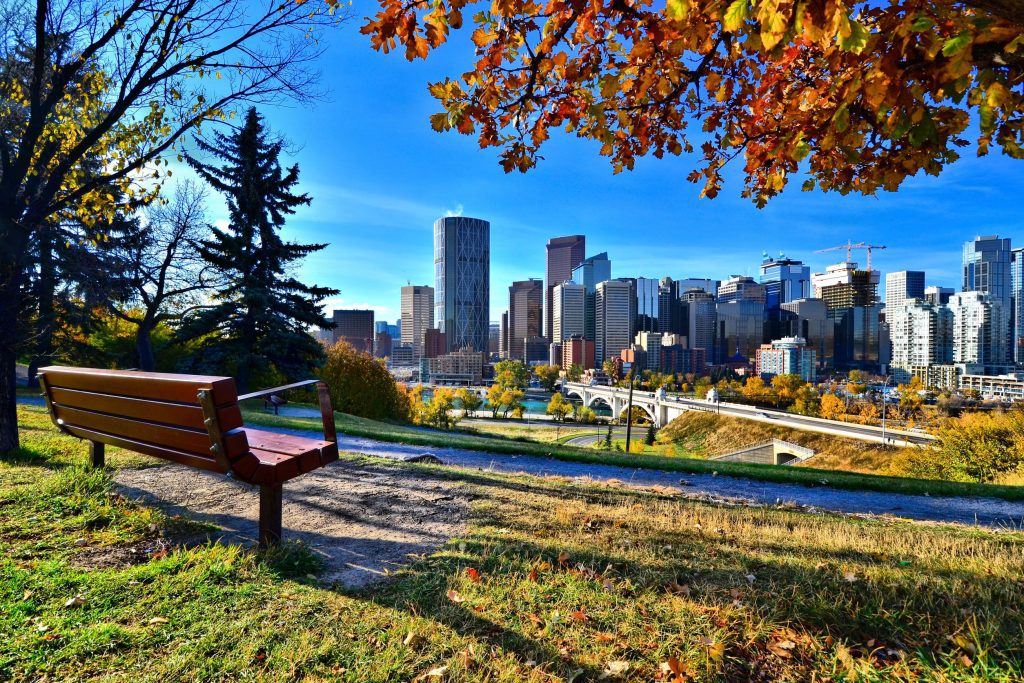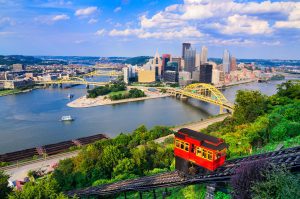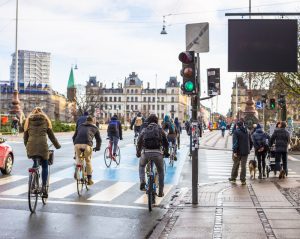Canada has a growing population of nearly 38 million people. Most of its citizens live in large urban areas in the Southern part of the country while only a small percentage of Canadians live out in the vast wilderness of the country.
But the largest cities in Canada attract diverse people from all over the world.
Table of Contents
The Biggest Cities In Canada by Population
| Number | City | Population |
|---|---|---|
| 1 | Toronto | 5,429,524 |
| 2 | Montreal | 3,519,595 |
| 3 | Vancouver | 2,264,823 |
| 4 | Calgary | 1,237,656 |
| 5 | Edmonton | 1,062,643 |
| 6 | Ottawa | 989,657 |
| 7 | Winnipeg | 711,925 |
| 8 | Quebec | 705,103 |
| 9 | Hamilton | 693,645 |
| 10 | Kitchener | 470,015 |
1. Toronto: 5,429,524

Most of those moving to Canada settle in Toronto. The city offers good opportunities in terms of career prospects, health care, access to leisure facilities, and culture. It is the most important Canadian finance hub for its largest banks.
But the city also attracts visitors with the biggest park on the continent. You might be interested in visiting Toronto for its excellent choice of top-rated restaurants with a diverse background with food from all around the world.
Today, Toronto is the fastest-growing city in Canada also for its impressive transportation links. You can fly to Toronto from almost anywhere in the world.
There are multiple daily flights to the US from Toronto as well. The media is also big in Toronto. The city is considered the most important media market in Canada, even beyond the capital.
The city’s growth is impressive over the past few decades when it managed to outrank Montreal for attracting young talent from around the country.
2. Montreal: 3,519,595

Montreal plays an important role in the pharmaceutical industry as well as a top role in aerospace and telecommunications.
This city was once the capital of Canada. But in the ‘70s, it was overpassed in development speed by Toronto. But even today, Montreal remains an excellent city for quality of life and access to world-class universities.
The city boasts a mixed English-French heritage which can even be seen today. You can study at university exclusively in French or exclusively in English, depending on your mother tongue.
3. Vancouver: 2,264,823

Vancouver is one of the most important cities in Canada both in size and influence. It’s almost always in the top 5 most livable cities in the world due to its high standards of living.
It has excellent access to parks and public services. The city also has the largest maritime port in Canada and it plays an important role in those visiting British Columbia, one of the most beautiful states for nature lovers in the world.
4. Calgary: 1,237,656

Calgary is the most important Western Canadian hub for multiple industries. This is why it attracts a population of over 1 million people.
The city is home to an excellent public library and the biggest museum in Western Canada.
But apart from its cultural significance, it also plays an important economic role in the Canadian economy with a prime spot in the oil and gas industry.
5. Edmonton: 1,062,643

Edmonton is the largest city in Alberta. It’s home to almost 1 million Canadians. The city is known for its high impact on the oil and gas industry. But it also has a strong presence in the history of successful urban developments.
Edmonton successfully joined 5 municipalities in a large prosperous city with rapid growth. This fast growth is seen in its economic prospects. Edmonton hosts the continent’s largest mall.
6. Ottawa: 989,657

The French-speaking city of Ottawa is the capital of Canada. It holds some of the most important administrative buildings in the city and it represents a powerful urban location even with a small population for a capital.
More than 100,000 people work for the Canadian Government in Ottawa. More than 10,000 people work for the City of Ottawa administration making it the capital of state-employed Canadians as well.
Carleton University and the University of Ottawa are also found here.
7. Winnipeg: 711,925

The city of Winnipeg is the capital of Manitoba. It has the best resources and the best transport links in the state. It hosts several important administrative buildings.
Most people here are employed by the government or by public administration offices.
Set in an excellent area for natural resources and leisure activities, it’s also close to Winnipeg Lake. This is the 11th largest lake in the world and a fantastic natural resource.
8. Quebec: 705,103

Quebec City is the capital of the Quebec state. It’s one of the truly international cities on the list and one of the best in Canada for culture, healthcare, economic prospects, and leisure activities.
Small in comparison to other cities of this quality of life, by comparison, the city is home to more than half a million people.
Healthcare is important in Canada. This is also seen in Quebec as the municipalities’ hospitals are the biggest employers.
More than 10.000 people work for the 3 largest hospitals in Quebec. Many of its residents work. Only 3% of the locals are unemployed. This is why it’s one of the best cities in North America for those pursuing a career.
9. Hamilton: 693,645

The city of Hamilton is another populous urban location in the state of Ontario. Known for its vast green spaces, it’s the home of more than half of million Canadians.
Due to its geographic and historic profile, it holds important edifices such as the Royal Botanical Garden.
The economy is strong in this city. It’s the home to one of the largest steel plants in the world. It’s owned by Arcelor Mittal, the biggest steel producer in the world.
But the biggest employer in the city is the Hamilton Health Sciences Hospital. It’s known for its high-level of patient care and its research results.
10. Kitchener: 470,015

Kitchener is a city in Ontario with a population of over 2 hundred thousand people. It’s one of the major urban centers of the state but it lacks the high-rise building of Toronto.
Known for a slower pace of living, the city is very easy to travel to from the US. Today, Kitchener is known to host the world’s largest beer festival outside Oktoberfest.

















